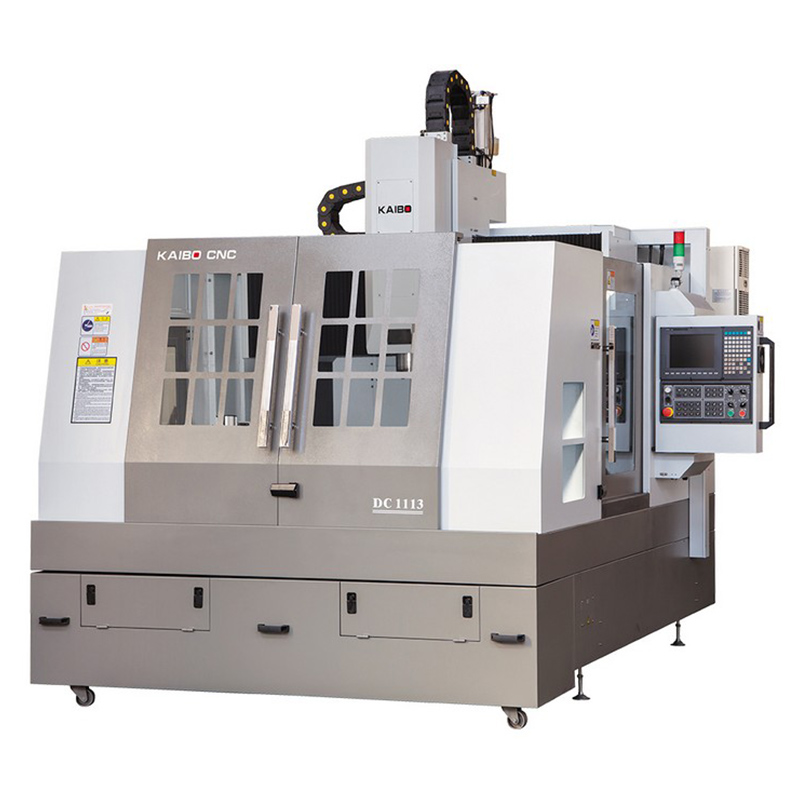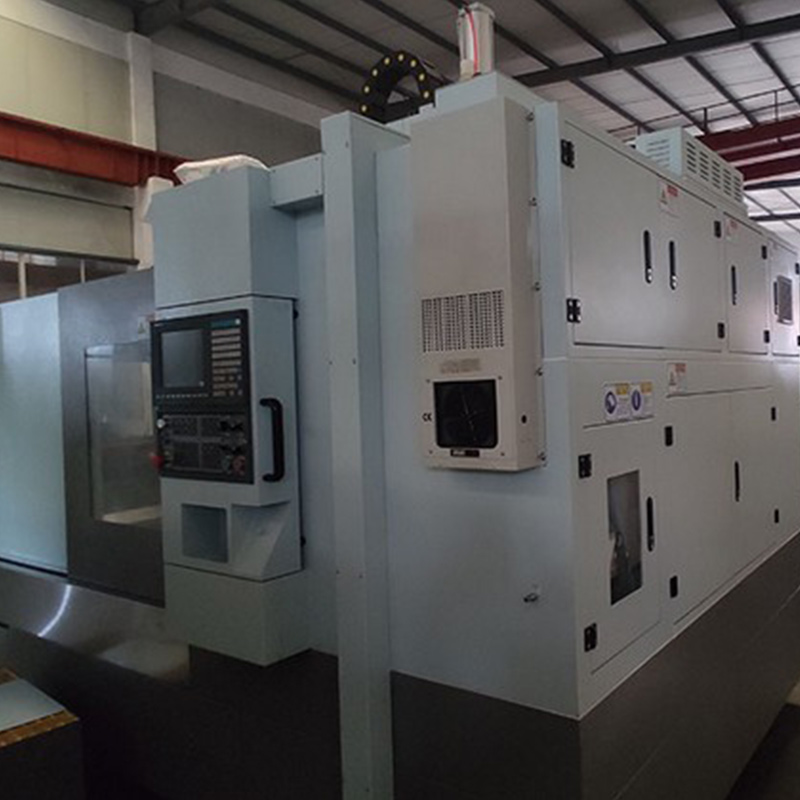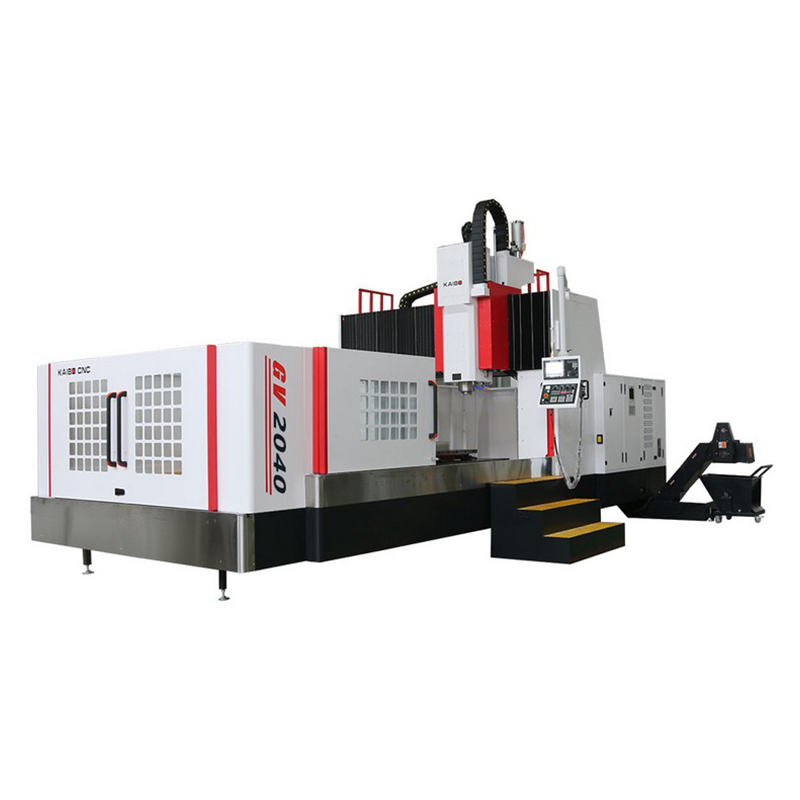
In the demanding field of iron mold manufacturing, precision and equipment stability remain paramount as manufacturers pursue tighter tolerances and improved durability. The DC1113 CNC milling machine distinguishes itself through its innovative structural design, which centers on a moving bridge combined with a fixed horizontal beam and a fixed worktable. This engineering synergy delivers unmatched stability, optimizing iron mold processing for higher accuracy, enhanced efficiency, and prolonged machine life.

Iron molds serve critical roles in mass production, demanding stringent dimensional precision and surface integrity. Industry benchmarks specify geometric tolerances often within microns, while the machining environment requires machines that resist vibrations and thermal distortion. Any instability can cause micro-errors accumulating over long production runs, leading to costly reworks or scrap. Therefore, machine tool designers focus on structural rigidity and thermal consistency as foundations to meet these standards.
The DC1113’s core advantage lies in its hybrid configuration:
This architectural synergy drastically reduces machine deformation and chatter, sustaining geometric precision even under aggressive feed rates and deep cuts. Notably, thermal shifts are minimized due to reduced moving mass and effective heat dissipation designs integrated within the beam and worktable.

Traditional iron mold CNC milling often employs fixed bridges with moving worktables or cantilevered beams, which introduce inherent stability challenges:
| Machine Configuration | Primary Stability Constraint | Impact on Machining |
|---|---|---|
| Moving Worktable with Fixed Bridge | Worktable deflection and vibration under heavy load | Reduced dimensional accuracy, increased tool wear |
| Cantilevered Beam with Moving Bridge | Beam bending and thermal distortion | Surface finish degradation, cycle time extension |
| DC1113 Moving Bridge + Fixed Beam + Fixed Worktable | Compensated rigidity and minimal thermal drift | Enhanced accuracy (±0.005mm), longer tool life, improved throughput |
In practice, the DC1113 demonstrates 20-30% improvement in positional repeatability compared to machines with conventional moving tables. This reduction in vibration and deflection translates directly to tighter tolerances and less post-process finishing.

Stable machining platforms such as the DC1113 decrease tool wear rates by an estimated 15-25%, reducing tooling costs significantly over sustained production periods. Additionally, enhanced process reliability diminishes scrap rates and rework, cutting overall operating expenses up to 18% according to field data from leading iron mold fabricators. Reliable stability also allows customers to adopt more aggressive cutting parameters without compromising quality, increasing throughput by up to 12%.
Industry leaders deploying the DC1113 report notable gains not only in machining quality but in operational confidence. One major automotive mold maker shared:
“The fixed beam and stable worktable of the DC1113 have consistently preserved tight tolerances across extended production runs, resulting in less downtime and higher repeat customer satisfaction. It’s a solid investment that pays dividends in reliability.”
Such testimonials underscore how stable machine design directly fosters customer trust and retention by delivering consistent, predictable outcomes—a critical differentiator in the competitive iron mold market.
By integrating a moving bridge with a fixed horizontal beam and a fixed worktable, the DC1113 achieves breakthrough stability, addressing core challenges in iron mold processing. This advanced design reduces deformation, improves thermal control, and enhances dynamism, yielding superior machining accuracy and operational cost savings. In turn, these technical merits translate to dependable customer partnerships, empowering manufacturers to meet increasingly stringent quality and productivity demands.
Request a Custom Quotation for the DC1113 CNC Milling Machine Today
The page you're looking for dose not exist.
Let's get you back home.
It will jump automatically after 5 seconds!
Go Home